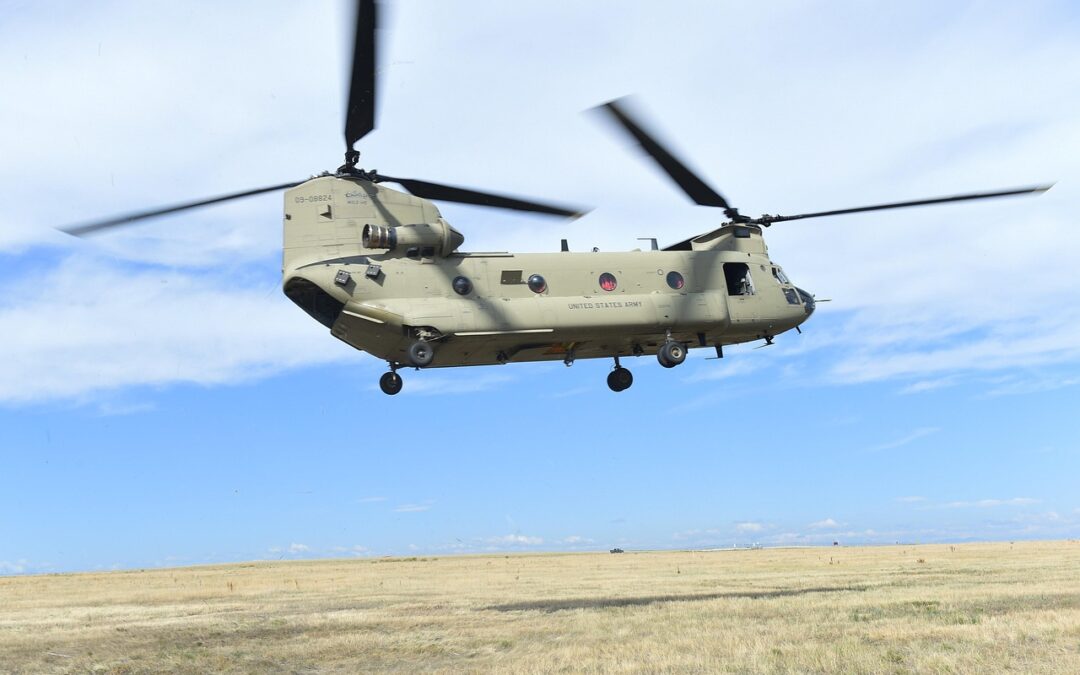The Army Futures Command (AFC) – based out of Austin – will be merged with the Training and Doctrine Command (TRADOC), creating the Army’s Transformation and Training Command (ATTC). The ATTC will also be based out of Austin. The creation of the ATTC is a groundbreaking pivot to close redundant headquarters while accelerating the requirements development process. Consolidating the two commands shifts focus back to centralized operations, avoiding bureaucracy inherent in managing multiple installations.
The ATTC will provide oversight for design and building processes as well as education and training on emerging technologies in wartime scenarios. The headquarters will preside over work previously handled by AFC and TRADOC, prioritizing developments in defense capabilities and bridging the gap between development and procurement.
The AFC was created during President Trump’s first term, intended to solve a dysfunctional requirements development process that failed to meet the needs of the Army’s modern needs. The process originally lived in TRADOC, where it competed for support alongside training, recruitment and military education.
The establishment of a dedicated command for requirements development was intended to accelerate modernization efforts without splitting attention and hampering progress. However, what started as an organization presiding over investment decisions transitioned to an advisory body focused on emerging technology and a long-term military vision.
Despite this, the AFC has still made significant contributions to its core mission. Since the command’s establishment, Army leadership has invested billions in modernizing the military. As the Army continues to restructure and reform efforts, the ATTC will prioritize the following projects to prepare for future engagements:
- Long-range missiles to strike moving land and maritime targets.
- Innovation in Field Unmanned Aircraft Systems (UAS) and counter-UAS capabilities.
- AI-driven command and control integration.
- Extended advanced manufacturing to operational units, including 3D printing and additive manufacturing.
- Modernized organic industrial base to generate ammunition stockpiles.
- Expanded pre-positioned stocks, rotational deployments and exercises with allies to advance forward presence in the Indo-Pacific.
The Army has also been directed to gut wasteful programs and outdated equipment to promote cost-savings, increase efficiency and accelerate modernization. These efforts will include ending procurement of programs and scaling back support for some programs. The Army will also spend less on legacy sustainment, cancel wasteful contracts, limit excess travel funding, optimize Army Prepositioned Stocks and modernize language training programs.
Image by chowbins from Pixabay

